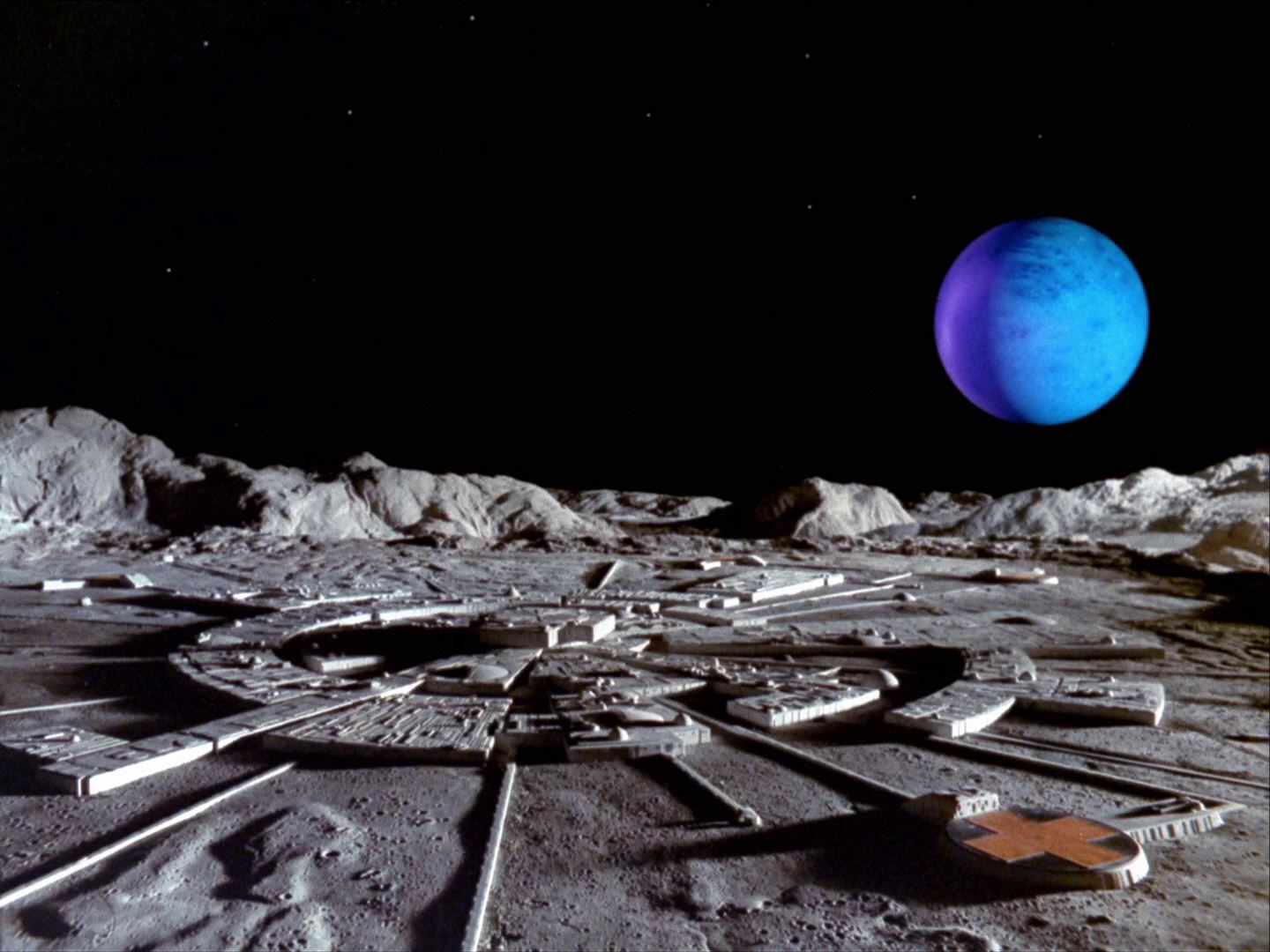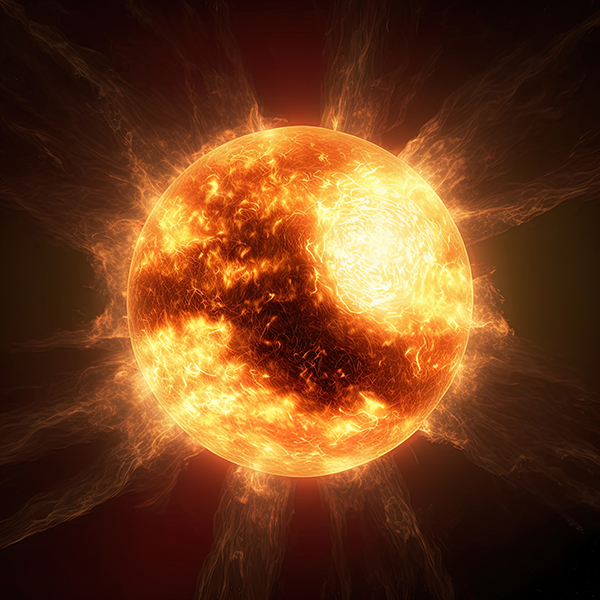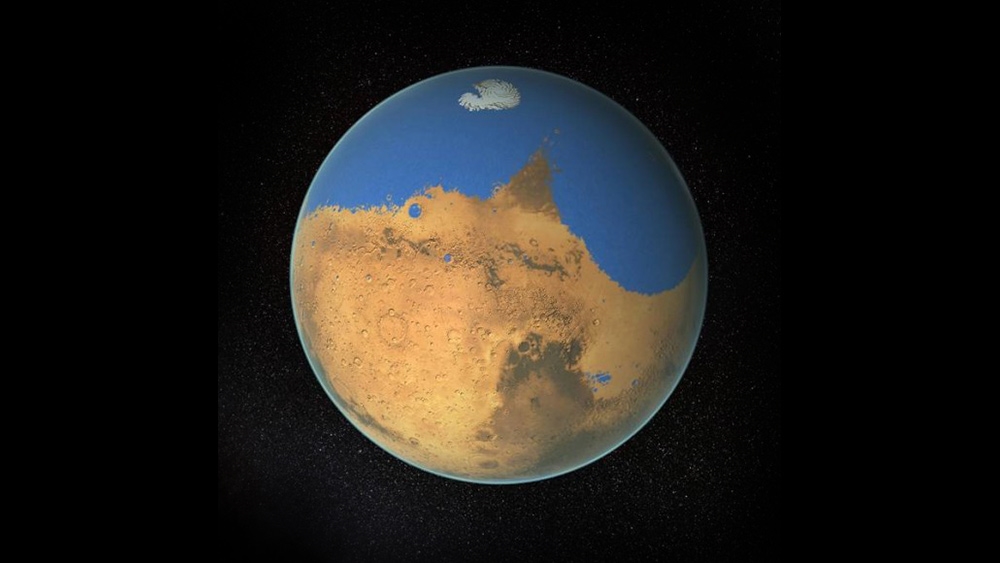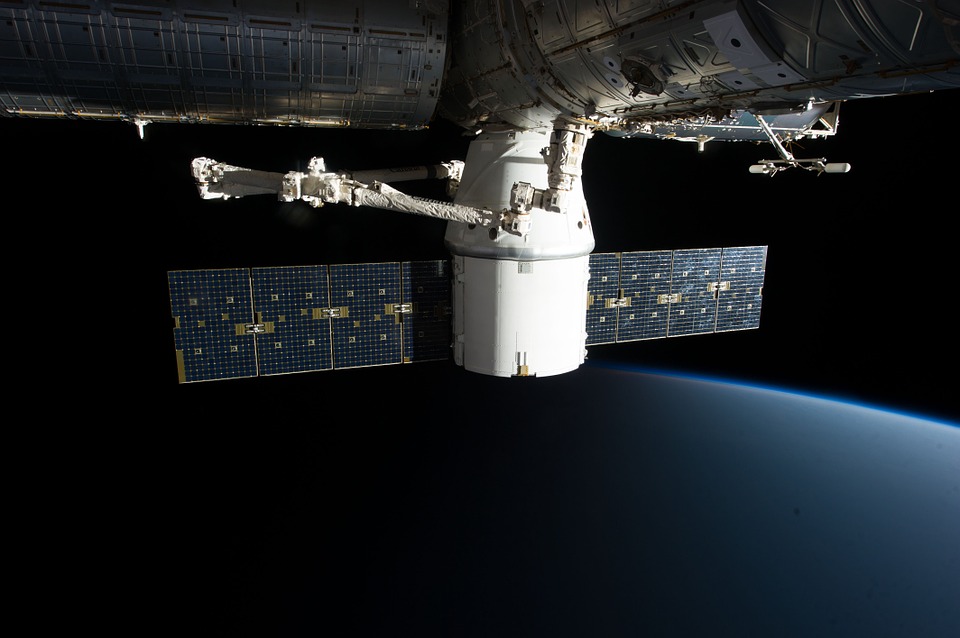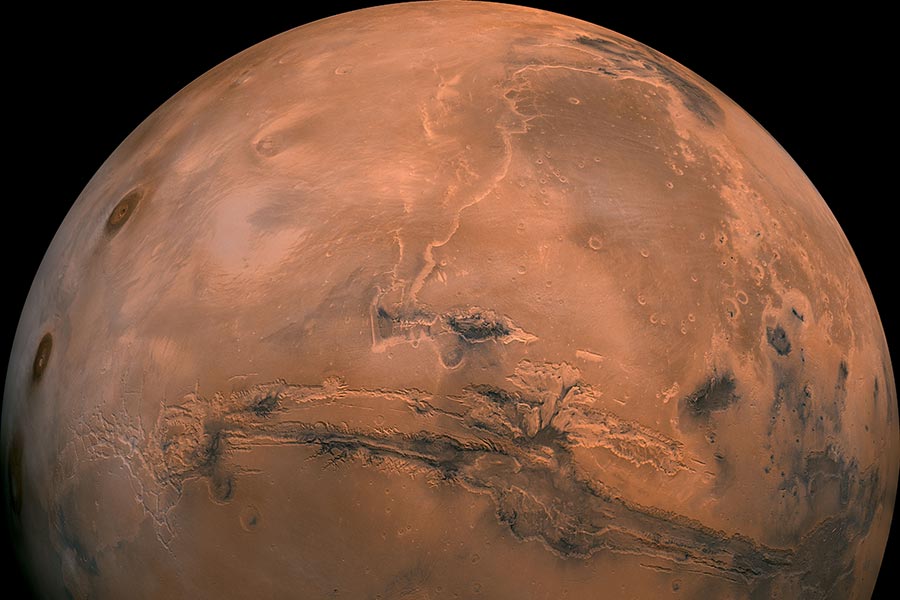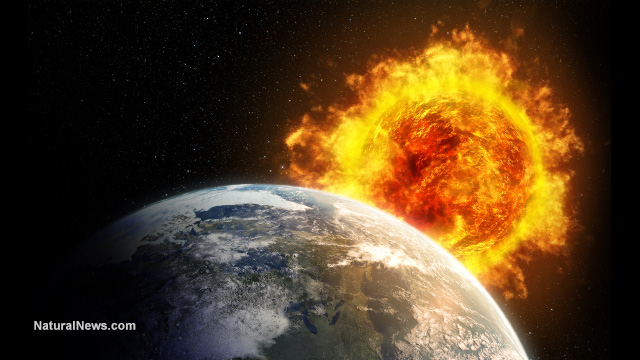What you need to know about the Oort Cloud, a giant shell of icy bodies that encircle the solar system
12/19/2018 / By Edsel Cook

Humans could one day develop sufficiently-advanced space travel that can reach other stars. As they leave Earth behind, those interstellar starships must pass through the Oort Cloud that encloses the solar system, an article in Space.com explained.
This huge intrasolar shell is inhabited by numerous celestial bodies. Some of these frozen rocks can match the size of dwarf planets like Pluto, the moon Ceres, and the asteroid Eris.
When one of these bodies is affected by a strong force, it can go two ways. The space rock can launch itself away from the Sun and leave the solar system entirely. Or it can shoot toward the Sun and start melting as it passes near the star. In the latter case, the rock becomes what we call a comet.
The existence of the Oort Cloud was first proposed in 1950. It was named after Dutch astronomer Jan Oort, who thought that some comets came from a cloud of frozen rocks about 9.3 trillion miles from the Sun. (Related: Cassini mission reveals another giant, mysterious vortex on Saturn’s northern pole.)
So what is the difference between the Oort Cloud and the Kuiper Belt?
The solar system gets visited by two different types of comets. The group with short orbital periods of a few hundred years come from the Kuiper Belt, a bunch of icy rocks that hang around the vicinity of Pluto.
The rest hail from the Oort Cloud. These much more distant comets can take thousands of years to complete a single period.
To give you an idea of the distances involved, it takes sunlight at least four hours to reach the Kuiper Belt. That same light needs around 530 hours to reach the Oort Cloud.
The Oort Cloud is not just much further away from the sun when compared to the Kuiper Belt. It is also found in a very different location.
Whereas the Belt stays in the same orbital plane as the sun and the planets, the Cloud forms a shell around the entire solar system. The comets of the latter can stray as far as three light-years from the sun.
At those distances, the grip of the sun’s gravity becomes very weak. The Oort Cloud comets can thus be influenced by neighboring stars or deflected by stellar gas, sending it either inward or away from the sun.
The comets of the Oort Cloud can tell us about the early solar system
Experts believe the Oort Cloud contains up to two trillion potential comets. These space rocks are made up of frozen ammonia, methane, and water.
The inhabitants of the Cloud trace their existence to the very birth of the solar system. Because they have not changed much since that time, they are considered to be invaluable sources of information on what the sun, Earth, and other planets were like when the latter were young.
In the beginning, gravity pulled material together to create what became the planets, moons, and asteroids.
So what kept the Oort Cloud comets from also getting turned into bigger celestial bodies?
Researchers theorize that the powerful gravitational fields of the newly-formed gas giants accomplished the exact reverse effect of the gravity that formed them. Jupiter and the other gas giants flung the excess materials out into space.
Although the still-significant gravitational pull of the sun kept these space rocks from going too far, the members of the Oort Cloud totter at the edge of the solar system. There, they can be kidnapped by other stars, even as the sun also takes comets from its neighbor’s equivalent of the Oort Cloud.
Cosmic.news can tell you more about the comets and other visiting bodies that come from the Oort Cloud.
Sources include:
Submit a correction >>
Tagged Under:
comets, Dwarf planet, Kuiper Belt, Oort Cloud, solar system, Space, space rocks, sun
This article may contain statements that reflect the opinion of the author
RECENT NEWS & ARTICLES
COPYRIGHT © 2017 SPACE.COM
All content posted on this site is protected under Free Speech. Space.com is not responsible for content written by contributing authors. The information on this site is provided for educational and entertainment purposes only. It is not intended as a substitute for professional advice of any kind. Space.com assumes no responsibility for the use or misuse of this material. All trademarks, registered trademarks and service marks mentioned on this site are the property of their respective owners.





